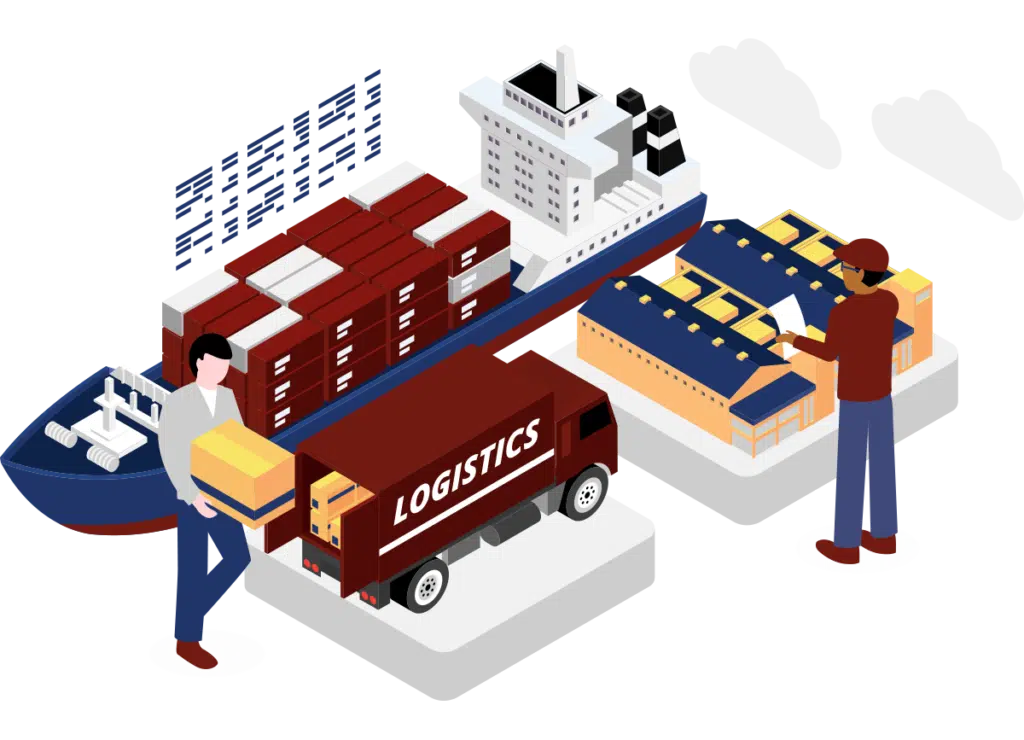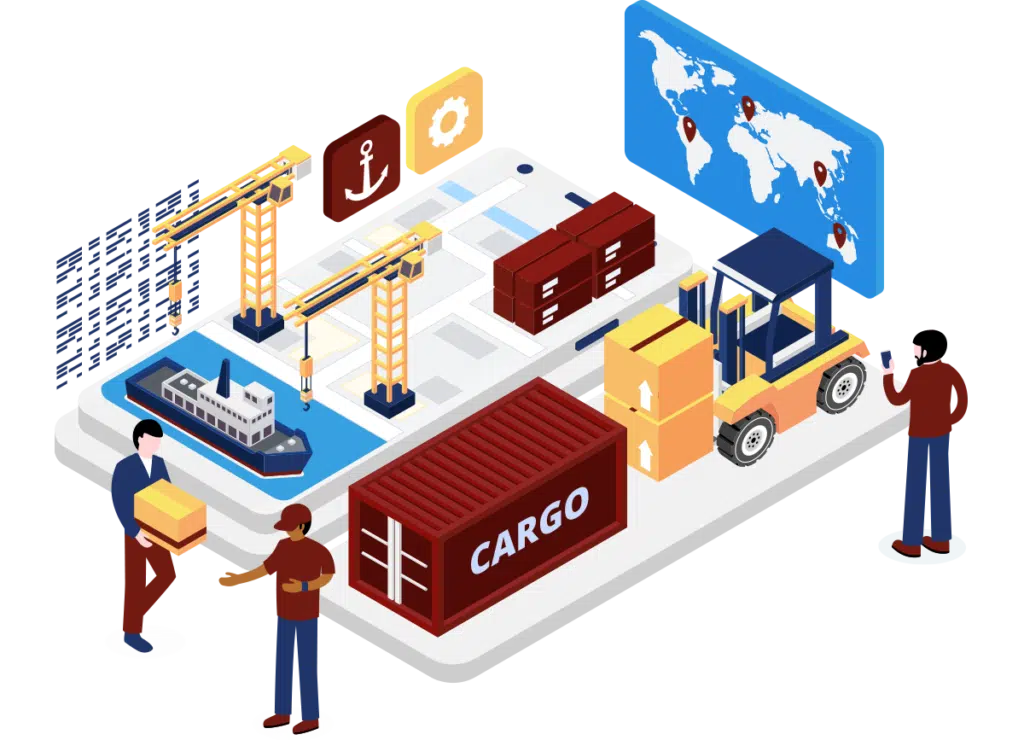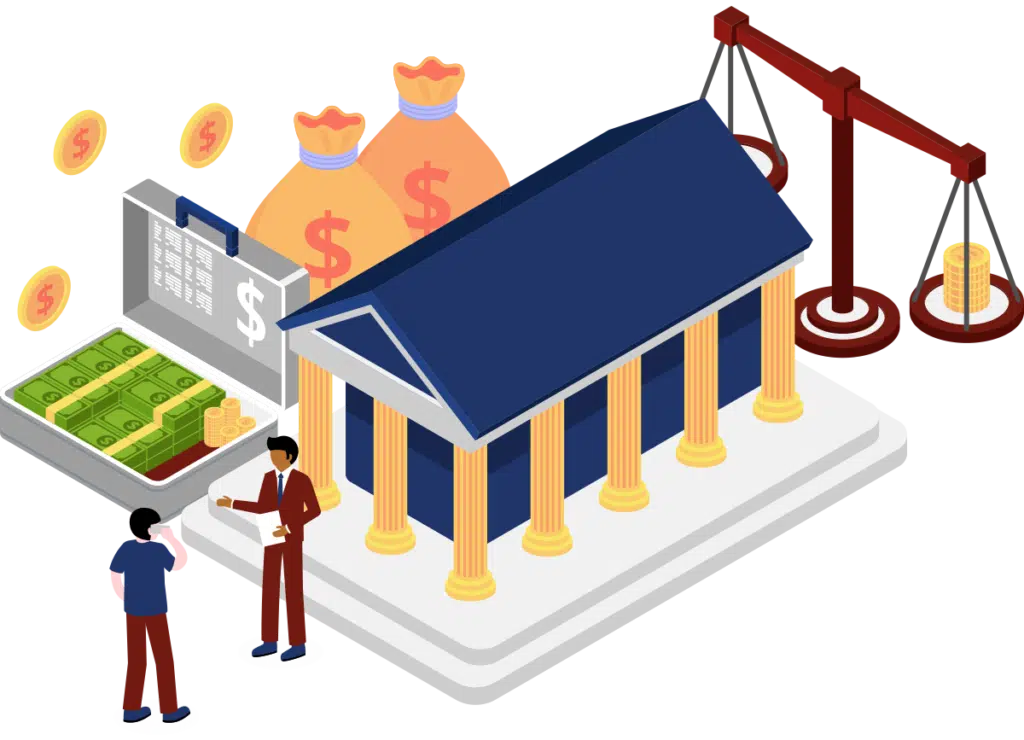Duty Drawback Explained
Originally enacted in 1789 as part of the Original Tariff Act, Duty Drawback is the refund of 99% of the duties, taxes, fees and tariffs paid to Customs and Border Protection on merchandise imported into the United States that is subsequently exported or destroyed.
Duty Drawback Example
How Duty Paid Imports Become Drawback Eligible

Duty Paid Imports
A company imports merchandise or components into the United States. Duties, fees and taxes are paid to Customs and Border Protection.

Qualifying Exports
The company then exports the duty paid merchandise from the United States or exports substituted merchandise.

Claim Preparation and Filing
Our drawback analytics team validates the data required to prepare a drawback claim. We utilize custom duty drawback software to prepare and submit drawback claim with Customs.

Duty Drawback Refund
Companies operating under Accelerated Payment Privilege receive the customs duty refund check of 99% of the duties, fees and taxes within 30 days of claim submission.
Customs Duty Drawback Filing Provisions
The Statutory Drawback Filing Provisions Found in the Tariff Act of 1930 as Amended
Unused Merchandise Drawback
Provisions: 19 USC 1313(j)(1) and 1313(j)(2)
Unused Merchandise Drawback allows for the refund of import duty on merchandise exported product in essentially the same condition. This provision allows for an extensive list of incidental operations, such as testing, cleaning, and painting. Essentially any value-added process short of a manufacturer, as defined above, is allowable under unused merchandise. However, the merchandise cannot be used in the United States for its intended purpose prior to exportation.
Manufacturing Drawback
Provisions: 19 USC 1313(a) and 1313(b)
Manufacturing drawback involves raw materials and component parts that are used to make a new and different article of commerce that is subsequently exported. The production process must result in a product with either a new name, character, or use.
Petrochemical Drawback
Provision: 19 USC 1313(p)
An industry specific drawback filing provision that allows for the refund of duties on the export of domestically produced petrochemicals in exchange (substituted) for chemicals imported into the United States, so long as they both fall within the same 8-digit HTSUS classification. Not all of the qualifying chemicals are derived from petroleum and we created a guide to help you identify if your imported chemicals meet the requirements.
Rejected Merchandise Drawback
Provision: 19 USC 1313(c)
Rejected Merchandise Drawback involves imported materials that do not meet specifications at the time of importation or are shipped without the consent of the consignee. The duty paid imported merchandise can be either exported or destroyed under Customs supervision to qualify. This provision does allow for the use of the merchandise in the US. For example, imported shoes are sold at the retail and returned by the consumer due to a defect.
Duty Drawback Matching Methods
These Are the Two Methods Used to Match Exports Back to Imports to Claim Duty Drawback Refund
Direct Identification Matching in Duty Drawback
1313(j)(1), 1313(a) and 1313(c)
The Direct Identification method uses lot number and serial number tracking to match an exported product with its exact importation. In the absence of lot numbers and serial number tracing, a claimant can instead utilize one of the acceptable accounting methods as a way of complying with the requirements.
Substitution Matching in Duty Drawback
1313(j)(2), 1313(b) and 1313(p)
The Substitution method allows claimants to match “similar” merchandise within very broad time frames. The definition of “similar” products has evolved over the years with the amendment of the law. The most recent change to the law via the Trade Facilitation and Enforcement Act (TFTEA) defines like merchandise as products that fall within the same 8 digit Harmonized Tariff Schedule Number. The ability to use the substitution method applies to both manufacturing as well as unused, but the rules vary for each.
Customs Fees, Taxes and Tariffs
Fees, Taxes, and Tariffs That Are Eligible for Refund Utilizing Drawback
Section 301 Tariff Refunds
Under Section 301 of the Trade Act of 1974, the US Trade Representative’s Office, under the direction of the Trump Administration, initiated an investigation to determine whether China’s acts, policies, and practices related to technology transfer, intellectual property, and innovation are unreasonable, unjustifiable, or discriminatory and burden or restrict U.S. commerce. The resulting Section 301 action places a 25% punitive duty beginning September 2018. Section 301 tariff duty is eligible for refund with drawback.
Excise Tax Refunds
The importation of certain goods, such as alcoholic beverages and tobacco products, are subject to Federal Excise Tax and eligible for duty drawback refund.
MPF & HMF Refunds
The Merchandise Processing Fee (MPF) and Harbor Maintenance Fee (HMF) incurred upon importation into the United States are eligible for duty drawback refund.
Other Drawback Refund Opportunities
We Maximize Your Duty Drawback Refund
Third Party Drawback
The regulations (found in 19 CFR 190) allow for the transfer of drawback rights when the importer and exporter of record are not the same company. In the industry, this is referred to as Multiple Party or Third-Party Drawback.
For example, Company A imports orange juice from Brazil and pays the duty to Customs before selling the juice domestically with INCO terms Delivered Duty Paid (DDP) to Company B in the United States. Company B then exports the duty paid orange juice from the United States. While either party can submit the claim to Customs, referred to as the drawback claimant, the regulations grant the exporter the first right to submit the to claim drawback.
Specifically, the third-party importer (Company A) can transfer the duty paid imports to the exporter (Company B) with any record that provides the necessary data elements for the exporter to prepare and submit a claim for duty refund. Conversely, if the third-party importer wants to retain the claimant rights, and thus control the preparation and submission of the claim, the importer needs to secure a waiver of drawback rights from the exporter.
Duty Drawback Trading
Duty Drawback Trading uses potential trading partners, identified by a third-party trading provider, to facilitate the exchange of goods between two unaffiliated companies with excess imports and exports to claim duty refunds using drawback. Specifically, imports and exports of the same HTSUS code.
What is Duty Drawback?
Watch This Animated Short Video On The Concept
Of Duty Drawback and Customs Duty Drawback Meaning
Maximize Duty Drawback Refunds Compliantly
No cost or obligation and easy to get started with Alliance. Identify new drawback program opportunity or evaluate the performance of your current program and maximize drawback refunds compliantly.
